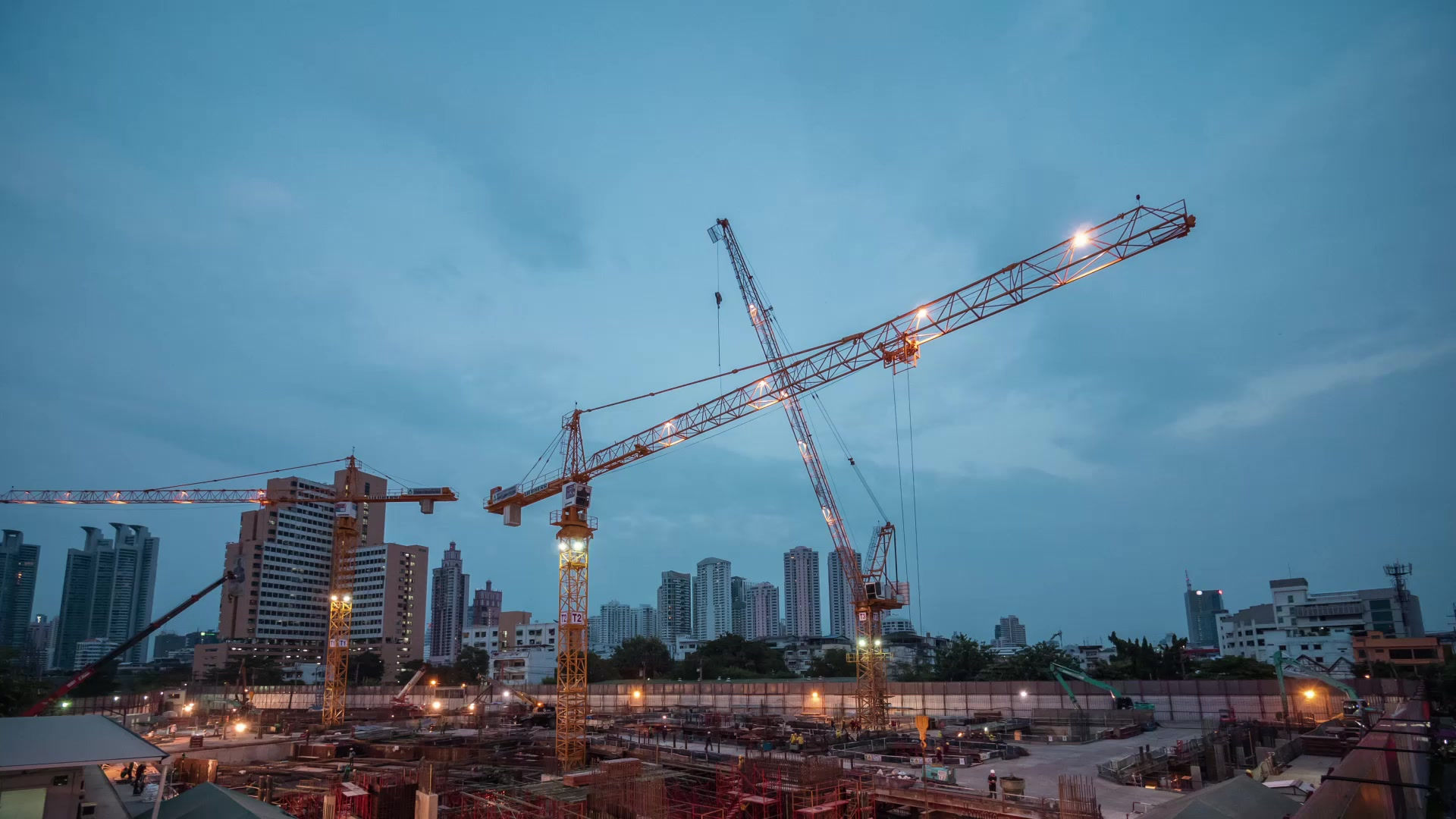Concrete Superplasticizers
- cissi72
- Mar 4, 2023
- 1 min read
Concrete superplasticizers are a type of concrete admixture that are used to increase the workability of concrete without increasing the water content. Superplasticizers are also known as high-range water reducers because they can reduce the amount of water needed to achieve a desired level of workability by up to 30%. Superplasticizers work by dispersing cement particles more effectively, allowing for a more even distribution of particles and a reduction in the amount of water needed to create a workable mix. This results in a more fluid and workable concrete mix that is easier to place and finish. Superplasticizers are typically used in the production of high-strength and high-performance concrete, where a lower water-to-cement ratio is required to achieve the desired strength and durability. By reducing the amount of water in the mix, superplasticizers can help to improve the strength, durability, and other properties of the concrete. There are several types of superplasticizers available, including sulfonated melamine formaldehyde (SMF) and sulfonated naphthalene formaldehyde (SNF). Each type has its own unique properties and benefits, and the appropriate type of superplasticizer will depend on the specific application and mix design. Superplasticizers should be used in accordance with the manufacturer's recommendations, and the appropriate dosage and mix design should be carefully selected and tested to ensure the desired performance and durability of the concrete.


Comments